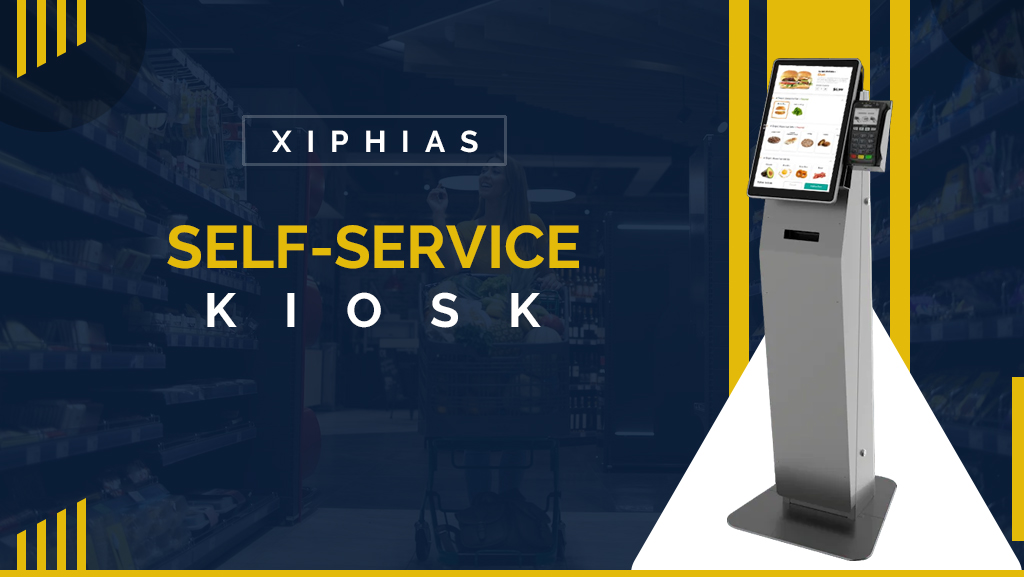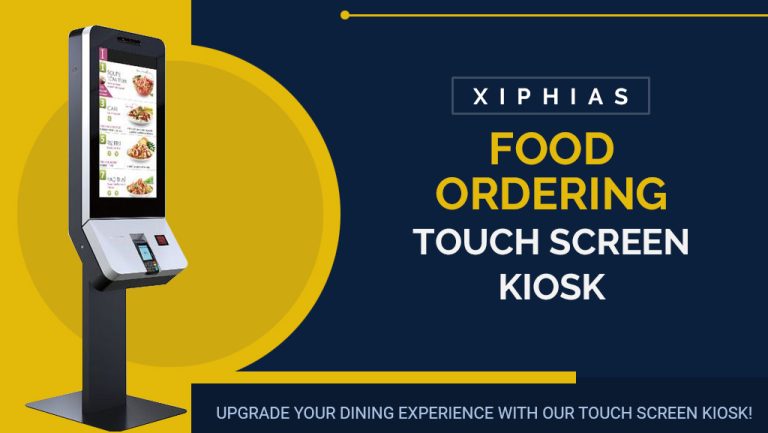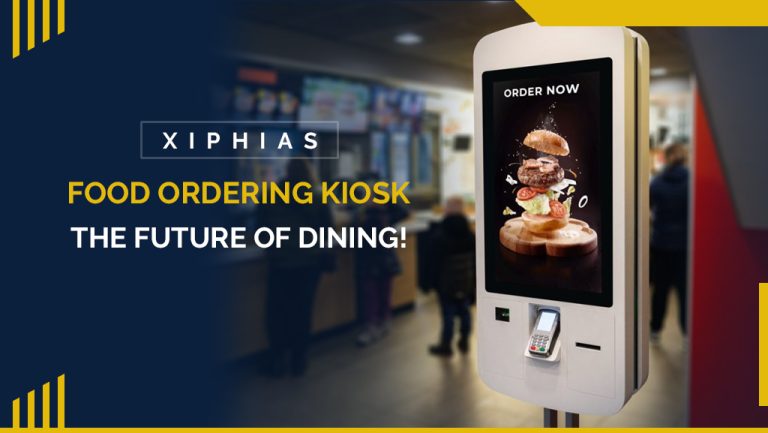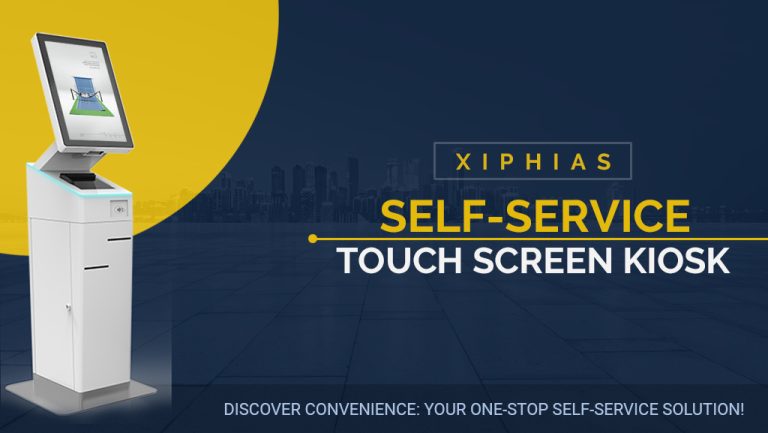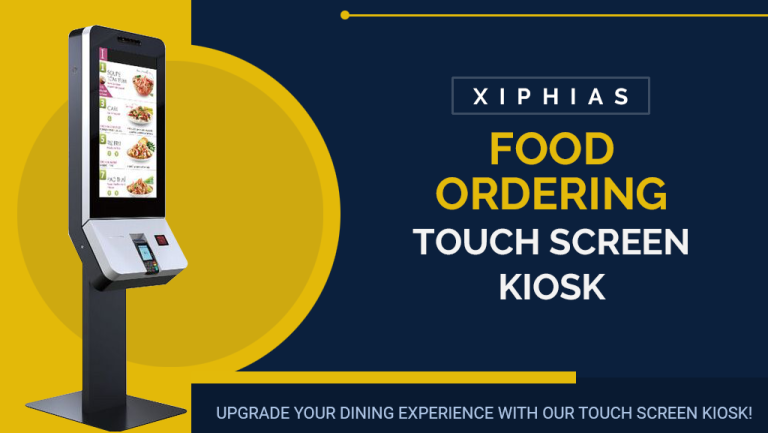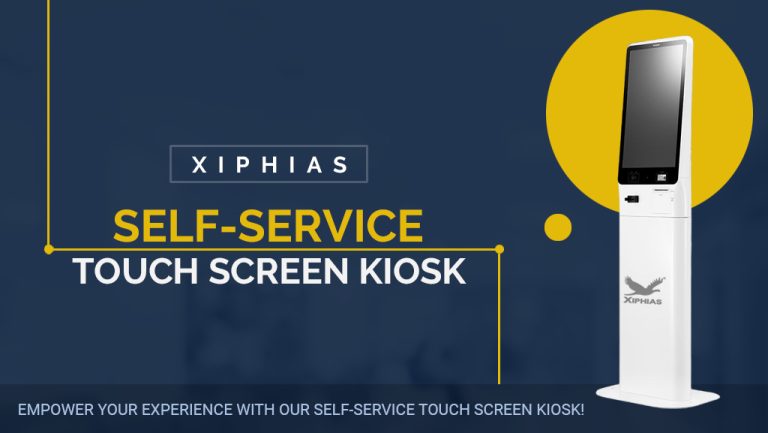How Self-Serve Kiosks Can Increase Efficiency in the Restaurant Industry?
The restaurant business is no stranger to innovation, and the widespread adoption of self-serve kiosks over the past several years has been one of the more remarkable recent advancements. Customers may independently place orders and pay using these touchscreen terminals, greatly increasing efficiency for both diners and restaurant owners. In this blog article, we’ll look at how self-serve kiosks are transforming the restaurant business by simplifying operations, enhancing the dining experience, and boosting revenue.
1. Streamlining Order Placement
Traditional order-taking procedures sometimes include long lines and mistakes made by humans. By enabling consumers to easily peruse menus, personalize orders, and make selections, self–serve kiosks solve these problems. This organized strategy improves the entire eating experience by lowering wait times and ensuring correct ordering.
2. Faster Service and Reduced Wait Times
The restaurant business depends on efficiency. By removing the need for consumers to wait for a waiter to accept their orders, self-service kiosks provide speedier service. Customers and restaurant employees benefit from speedier table turnover and shorter wait times as a result of this.
3. Customization and Personalization
Self kiosks offer customers the freedom to customize their orders to suit their preferences. Whether it’s adjusting ingredients, portion sizes, or dietary requirements, these kiosks empower diners to create personalized meals, leading to higher satisfaction and repeat business.
4. Improved Order Accuracy
Order accuracy is paramount in the restaurant industry. Human errors can lead to customer dissatisfaction and costly re-dos. Self kiosks minimize the risk of miscommunication between customers and servers, resulting in precise orders and fewer mistakes.
5. Efficient Payment Processing
Self-service kiosks streamline the payment process, allowing customers to settle their bills conveniently and securely. This reduces the time customers spend waiting for their checks, enabling restaurants to accommodate more diners and increase revenue.
6. Enhanced Customer Experience
A positive dining experience is crucial for customer satisfaction and loyalty. Self-service kiosks enhance the overall experience by giving customers control over their orders and eliminating the frustration of waiting for service. This improved experience can lead to repeat visits and positive word-of-mouth recommendations.
7. Upselling and Cross-Selling
Self kiosks can be programmed to suggest additional items or upgrades based on a customer’s order, increasing the likelihood of upselling and cross-selling. Restaurants can capitalize on these opportunities to boost average check sizes and revenue.
8. Labor Cost Savings
Reducing labor costs is a significant benefit of self-serve kiosks for restaurant operators. With fewer servers needed to take orders and process payments, restaurants can allocate their staff more efficiently, focusing on food preparation, customer service, and other essential tasks.
9. Data Collection and Analytics
Self-serve kiosks provide valuable data on customer preferences, order trends, and peak dining times. This data can be leveraged to make informed decisions about menu offerings, pricing strategies, and staffing schedules, optimizing restaurant operations and profitability.
10. Adaptability to Different Restaurant Formats
Self-serve kiosks are adaptable to various restaurant formats, from fast-food chains to fine dining establishments. Their versatility makes them a valuable asset for a wide range of restaurants, allowing them to cater to diverse customer preferences.
Conclusion
Self-serve kiosks are transforming the restaurant industry by increasing efficiency, improving customer experiences, and boosting profitability. As technology continues to advance, these kiosks will likely become even more sophisticated, offering additional benefits to both customers and restaurant operators. By embracing this innovation, restaurants can stay competitive, meet the evolving demands of diners, and position themselves for long-term success in the dynamic and ever-changing world of hospitality.

